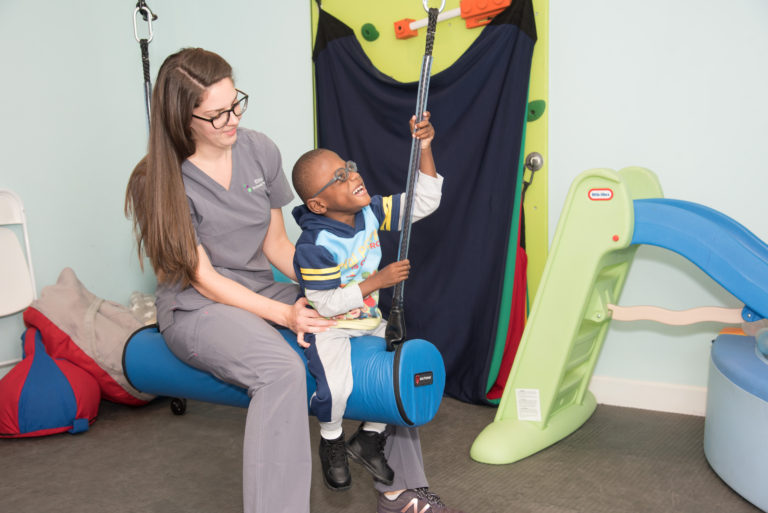Red Flags During Motor Development: Clumsiness

Tripping and falling is a normal part childhood development, especially as children learn to walk and try new, challenging activities. Tripping and falling or “clumsiness” can be problematic when your child is tripping more often than other children her age, is unable to keep up with peers on the playground, or experiences frequent injuries from falls. If your child is demonstrating any of these “clumsy” behaviors, contact your pediatrician to discuss your concerns. Physical therapy can help address your child’s balance and coordination to improve safety and prevent injuries/falls.

Here are a few tips to try with your child:
Tip #1
Encourage your child to walk and run on grass, sand, mulch, or playground surfaces. This encourages your child to adapt to the change in surface and be more aware of her surroundings during play. Red light/green light is a great game to include with transitions between surfaces and promote awareness!
Tip #2
Engage in fun and silly coordination activities with your child, such as doing jumping jacks, marching in place, crab walks, Simon says, or climbing rock walls. This helps your child learn to coordinate his arms and legs together and improve overall coordination while having a blast!

Tip #3
See if you can find or create “balance beams” in your daily activities and encourage your child to walk across without falling off! Some examples include using painted lines on the ground, sidewalk curbs, wood floors, bricks, or simply place a piece of tape on the floor! This promotes balance and coordination while focusing on a task.

Thank you for reading Red Flags During Motor Development: Clumsiness.
Kimberly Shanahan PT, DPT
Lead Physical Therapist
Tri-County Therapy

